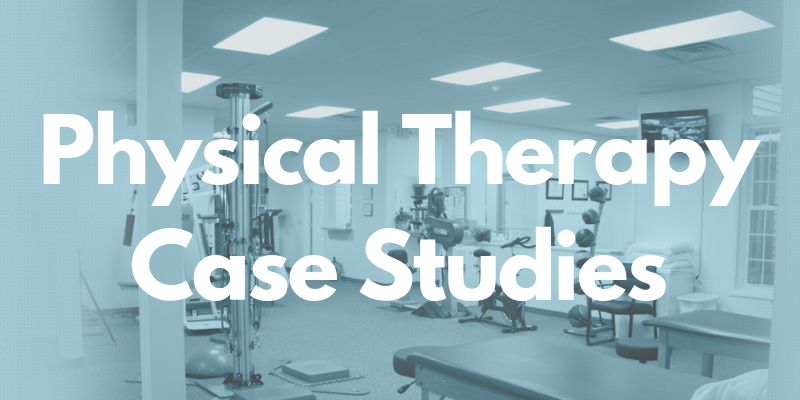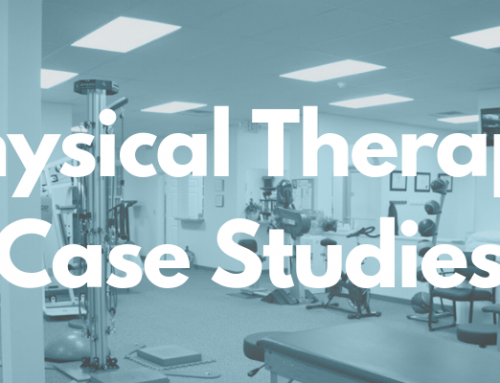by Nicholas Jacques
Physical Therapy Case Study for Low Back Pain
History
Patient was a 59-year-old male presenting with low back pain that was going on for several years. He did not have any significant past medical history. His symptoms were generally worse first thing in the morning and his symptoms would improve as the day progressed. He reported having X-Rays a few weeks prior to starting therapy and the imaging showed degeneration of L1-L2 of the spine. He reported having this type of pain before that has gone away, but over the past 4 weeks the pain has remained. This patient denied any numbness, tingling, or radiating pain down into the extremities.
Evaluation
Lumbar range of motion screening showed a loss of range of motion with right side bending and forward lumbar flexion, both of which provoked the patient’s symptoms. Left side bending and lumbar extension had no impact on his symptoms. Myotomes and dermatomes were both normal with intact knee jerk and achilles reflexes. This patient also presented with hip weakness on both sides, primarily gluteus maximus, as indicated via manual muscle testing. Based on these objective and subjective measures, this patient was classified as having “chronic low back pain with mobility deficits.”
Treatment
Visit 1: The first session was primarily focused on patient education regarding their condition, along with education on proper movement of the lumbar spine, and associated muscle groups to activate to support the lumbosacral region. Interventions included rectus abdominis / transverse abdominis muscle strengthening, gluteus maximus strengthening, and range of motion exercises designed to improve lumbar range of motion in the limited directions. Electrical stimulation (E-Stim) and heat were used to assist with pain minimization.
Visit 2-9: Sessions 2-9 were focused on therapeutic exercise progression to improve core strength and stability, as well as improving range of motion of the lumbar spine. Avoiding compensation of other extremities were emphasized during this phase as this patient’s range of motion, strength, and pain levels were continuing to improve. The main focus of these sessions placed an emphasis on core stability in all positions to allow for maximal efficiency with ADLs (activities of daily living).
Visit 10: By this session, lumbar range of motion had significantly improved in all directions. Pain level at this stage decreased from pain at worst being a 10/10, to pain at worst being a 3/10. The patient reported having 2 or 3 minor “twinges” in his low back over a 2 week span, as compared to having several “twinges” throughout the course of the day at the initial evaluation. His Oswestry Low Back Disability Index improved from a 42 to a 12. By the time of discharge, the patient had an excellent understanding of proper lifting mechanics for work, and proper muscle activation required for exercises he was to perform at home.


